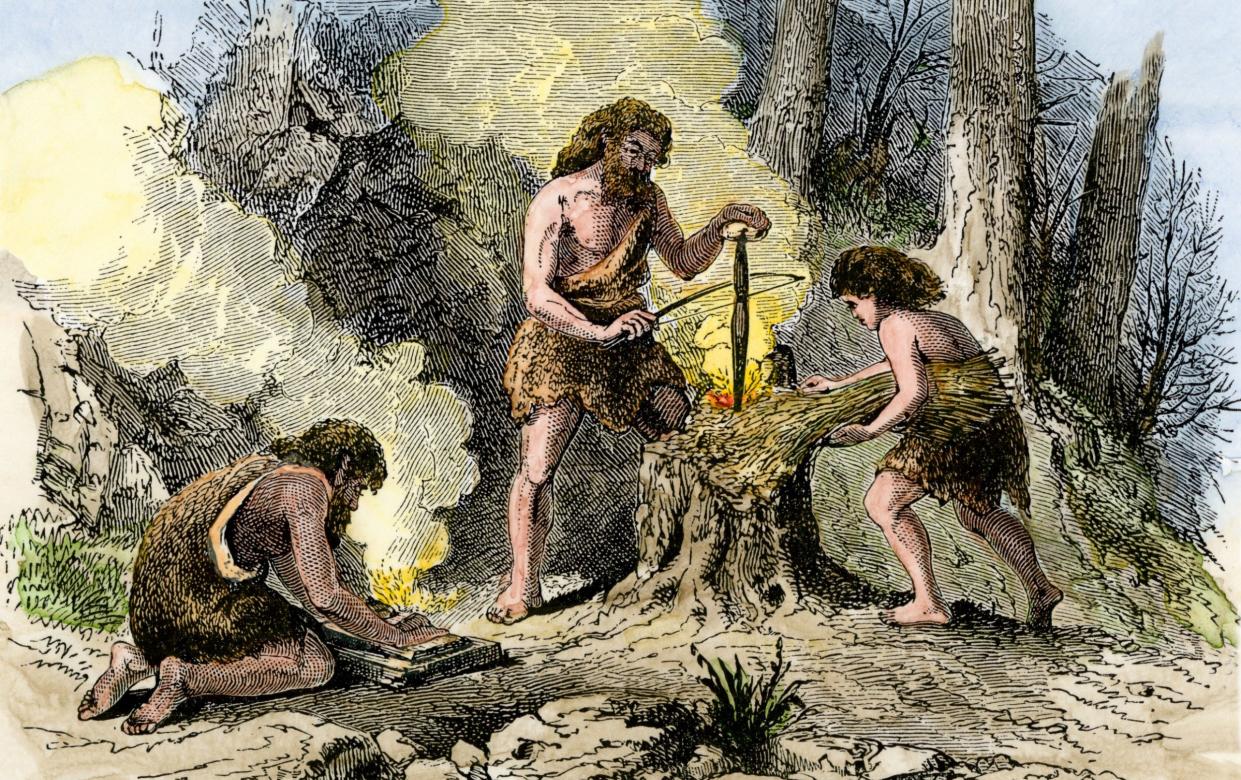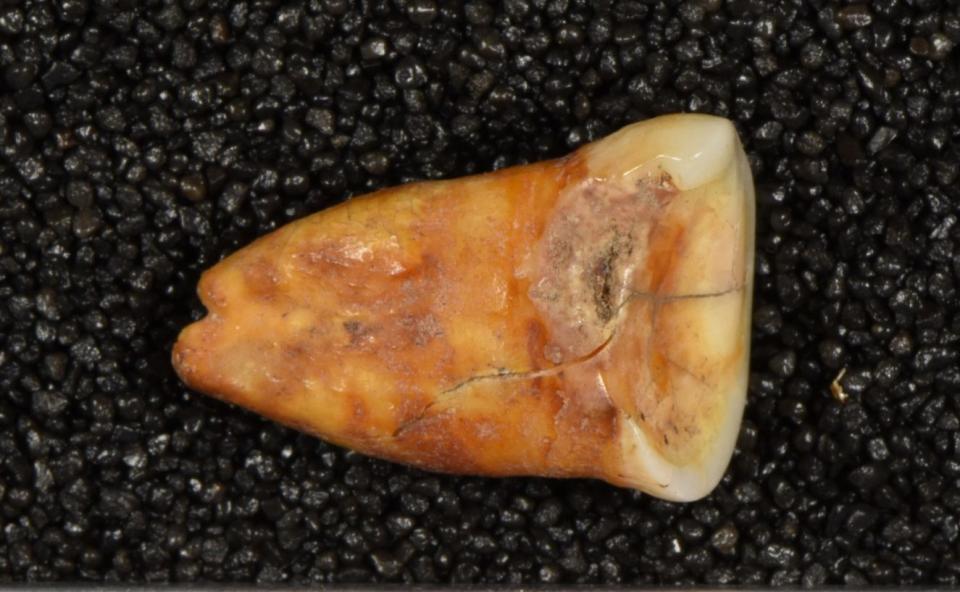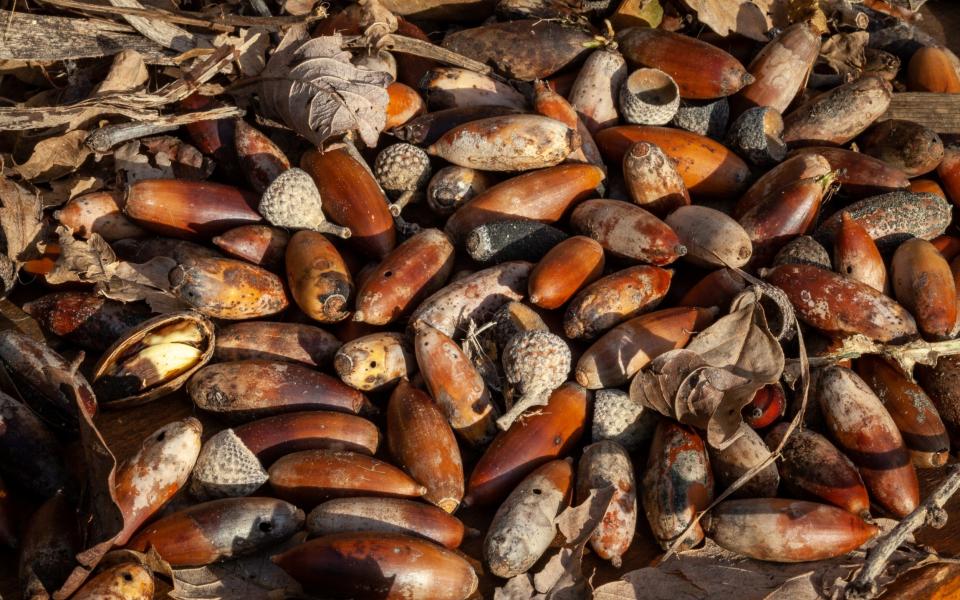Forget the paleo diet fad – study shows cavemen dined on plants

The popular “paleo diet” encourages people to lose weight and gain the health advantages of cavemen by prioritising meat.
But a study has shattered this myth and found that hunter-gatherers actually ate more vegetables than meat.
Analysis of bones and teeth found in a cave in Morocco that was inhabited about 15,000 years ago revealed the Stone Age diet “unequivocally” had a plant-based aspect.
“This distinct dietary pattern challenges the prevailing notion of high reliance on animal proteins among pre-agricultural human groups,” the researchers wrote.

Acorns, pine nuts and wild pulses made up a “significant” part of the diet of the prehistoric community, according to the scientists from the Max Planck Institute for Evolutionary Anthropology in Germany.
Isotopic analysis of the remains allows scientists to determine where the individuals got their food from and their environmental exposure during their lives.
The composition of specific types of zinc, strontium, carbon, nitrogen and sulphur reveal the people led a life that must have involved a large portion of plant-based foods.
Analysis of the nitrogen levels specifically reveal that up to 80 per cent of the food eaten by inhabitants of the Taforalt cave was plants.
“I would not say that the population was mainly vegetarian, as meat was still consumed by the individuals. But it was not the main dietary resource for proteins,” Zineb Moubtahij, first author of the study, told The Telegraph.
“The edible wild plant played an important role in the diet of this human group from Taforalt. One of the individuals showed an almost vegetarian diet based on the nitrogen isotopic analyses on amino acids.”

She added that this study “challenges long-held perceptions about the dietary habits of ancient populations”.
“The common perception was that Palaeolithic diets were primarily meat-based, with hunting playing a central role,” the PhD student said.
“However, the findings from Taforalt suggest a more nuanced understanding, with a significant reliance on edible wild plant resources.
“Archaeobotanical remains found at the site, such as acorns, pine nuts and wild pulses, further support this notion.”
Weaning with plant foods
The study also suggests that plant foods were introduced into infant diets and may have served as weaning products.
Ms Moubtahij said: “This finding has significant implications as it suggests the potential for earlier weaning practices in pre-agricultural communities compared to previously thought norms for hunter-gatherer societies.
“Our findings not only provide insights into the dietary practices of pre-agricultural human groups, but also highlight the complexity of human subsistence strategies in different regions.”
The research paper was published in the journal Nature Ecology & Evolution.

